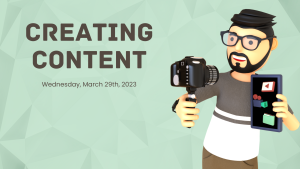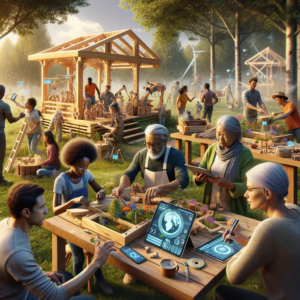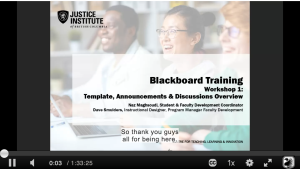On Friday December 15, we hosted a talk with Lucas Wright, Senior Educational Consultant at the Centre for Teaching, Learning and Technology at the University of British Columbia. Lucas came to talk about current trends in higher education with generative AI as part of our series of talks about teaching and learning through our Teaching and Learning Collaborative (TLC).
This was a really enjoyable and informative learning experience. As a presenter, Lucas has a lot to share with his audience, but he is equally comfortable letting the Q&A go off into different directions. He claims to have no special expertise in this area, but he lives in the ed tech world and has a healthy curiosity for which we were the grateful beneficiaries. So we were able to grasp some of the fundamentals around GenAI while addressing a few big questions around the use of AI in schools, such as academic integrity, digital literacy and equity, intellectual property, and privacy. There was clearly fascination in some of the different types of prompts that Lucas demonstrated. I imagine a lot of our audience went off to their ChatGPT accounts to try stuff out afterwards!
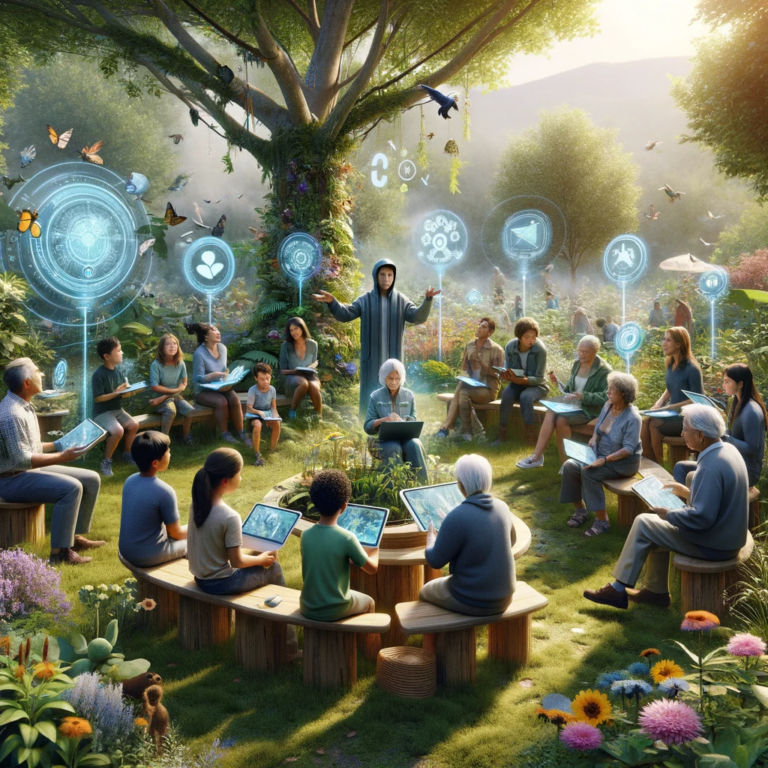
At this point, there are clearly more questions than answers when it comes to the use and application of GenAI, particularly in educational contexts. As a technology, GenAI seems disruptive in paradoxical ways. When ChatGPT burst onto the scene in November of 2022, there was widespread concern, even some panic, about the end of traditional assessments in schools. Why bother with assigning papers, tests, and other written exercises, the reasoning went, if the technology is just going to do the work anyway? Some schools and institutes reacted swiftly by trying to ban ChatGPT, the first and best of its kind in this new frontier of edtech. But that quickly seemed like a futile endeavour. Meanwhile, as educators and students fretted over the cheating potential of AI tools, others in the tradition of shock-and-awe technologists, saw a business opportunity by putting out “AI detectors” on the market, available to both institutes and private individuals. For some here, the promise was to stamp out the cleverness of the new tech by exposing it; others wanted the detection tools in order to game the system and learn how to out-detect the detectors, starting a kind of mouse-and-mousetrap ed tech arms race.
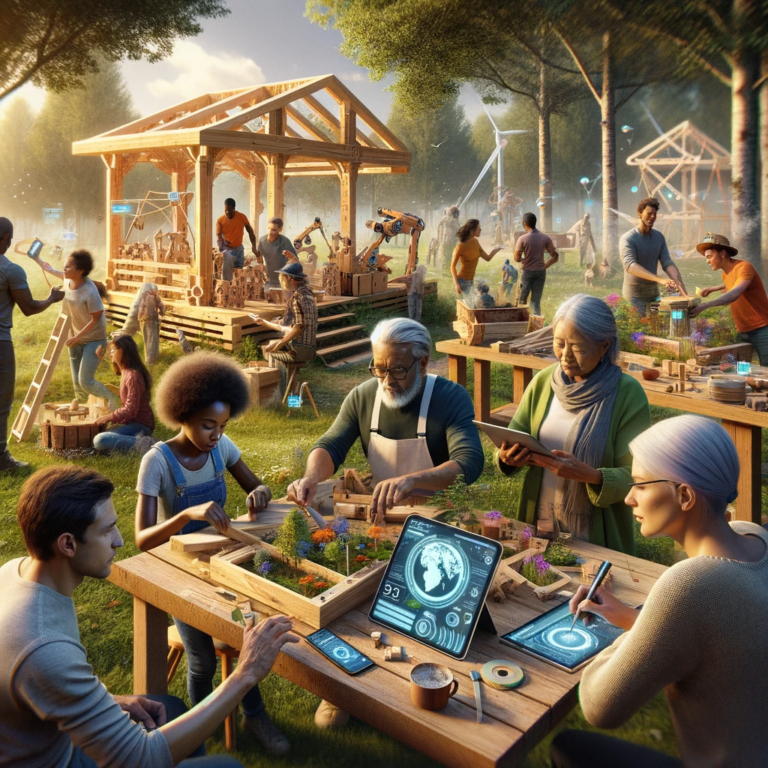
At the same time, as more and more people began to experiment with new AI applications, some pointed out that tools like ChatGPT, and now many of its competing counterparts, offered much more than just an edge on written assignments. Instead many students found that GenAI was great for helping rather than replacing their learning, for example using ChatGPT as a personal tutor. In fact, these GenAI tools offered plenty of potential not just to support students in their efforts, but also educators like instructors and faculty members. Lucas provided a brief tour of some of those applications and showed through some quick demonstrations how valuable GenAI could be in the production of course materials, for planning, or for supporting one’s creativity in the design of instruction.
In just 90 quick minutes, we seemed to have covered a wide range of issues and ideas. TLC members can access a recording of the presentation along with Lucas’s slide deck and a worksheet in Googledocs on our Teams Channel. Please contact us if you can’t find these resources and we’ll direct you in the right place.
Did you attend the workshop? If so, we would LOVE to hear from you. Your feedback helps guide us as we plan for future workshops. Thank you!
If you have any questions about Lucas’s workshop, or want to try anything out, we’d love to chat and see how we can support you. Email us to get chatting!





